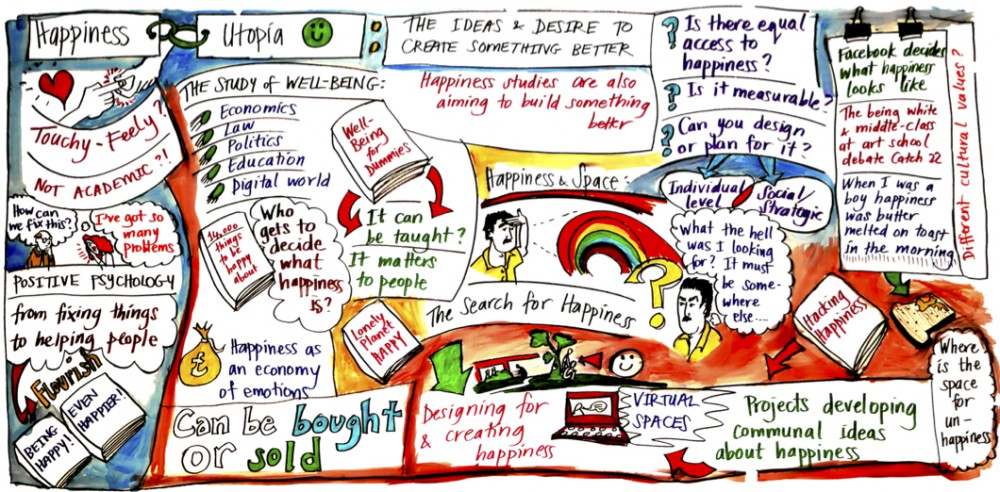The affect that an incarcerated parent has on the well-being of a child’s education interests me. Being that an incarcerated parent has many affects on a child, such as residential instability, economic and behavioral problems. I’m choosing to focus on their education. An incarcerated parent can have both negative and positive affects on a child. I would like to further explore them all. This is a very sensitive topic for me. While doing my research for this assignment, I’ll be able to make a few assessments about my own children. I was recently incarcerated. All I could do was think about the negative affects it played on my children. When in fact, it went both ways, negative and positive. The loss of a parent, whether it be temporary or not can affect the child. It can affect the child physically, mentally, emotionally and socially. All of those can contribute to the way a child performs academically. I just can’t help to think about how this all plays a part on a child’s education. If a child develops physical restraints such as bad headaches due to the stress of losing their parent. They won’t be able to focus in school, because their in so much pain. A child may experience mental issues like (PTSD) Post Traumatic Stress Disorder. That can ultimately lead to an emotional problem such as depression. These problems affect the way the child may think and learn. It affects the child’s ability or motivation to wanting to get a proper education. Those factors even lead to the way the child socializes. The child may be withdrawn and unable to interact in class discussions or group activities in school. Then there are children who are affected in a total opposite way. The incarceration of the parent can actually be what inspires them to do the best with their education. The affect of wanting to be the total opposite of what their parent became. A child might even push hard on obtaining their education to become a lawyer, in hopes of defending their parent with legal issues at hand. So many possibilities with this situation raise my interest in doing this study. I don’t exactly know what resources I will be using, other than the internet. I’d like to collaborate the knowledge that I have already on my children. Such as report cards during my incarceration, and the ones I have now since my release.There is a substantial amount of evidence there that would help me to draw my conclusion. I plan to argue that a child’s education is affected when their parent has been incarcerated. Whether it be a positive or negative, its still has its affects. I want to educate others while educating myself about the affects incarceration has on a child’s education. The fact that if a child’s education is tarnished, there could be room for a repetitive cycle of the child becoming incarcerated in their later years. while doing this research I plan to explore all aspects of a incarcerated parent’s child’s education.
http://crcw.princeton.edu/workingpapers/WP08-10-FF.pdf
This is one of the sites that I recently visited. It provides similar studies. They identify the risks particular to the children of incarcerated parents. They use surveys and studies done on the demographic. showing the results of their study, that the children are more likely to face more difficulties overall in life than their counterparts. Listing the barriers and hardships the children face. I can really use the data collected and the statistics shown.
http://aspe.hhs.gov/hsp/08/mfs-ip/incarceration&family/ch4.shtml
This site discusses the effects of incarcerated parents on children. contents include: Negative effects on child development, Mechanisms of risk; parental separation, economic hardship, and harsh parenting; change in caregivers, stigma and social isolation, protective factors and research limitations. These are important to my research, they list statistics from studies done from the year of 1986 until 2008. Listing how many children suffer from an absent parent due to incarceration.
http://crcw.princeton.edu/workingpapers/WP12-22-FF.pdf
This site focuses on the effects of maternal incarceration on children’s behavioral problems. The reports are from 21 caregiver and teacher reports about 9 year old’s behavioral problems. They’ve drawn three conclusions. They all conclude that children with behavioral problems are consistent with an absent mother. This is important to my research because it coincides with my argument that; due to incarcerated parents, a child’s behavioral issues affects their education.
http://www.osborneny.org/images/uploads/printMedia/Initiative%20CIP%20Stats_Fact%20Sheet.pdf
This site is a children of incarcerated parents fact sheet. Its gives another factor, being the relationship between a child and their parent prior to incarceration. It offers the misconception idea that, children of incarcerated parents are more likely to be incarcerated than their peers. I had this assumption, but the site states, “There is no basis for this existing research”. This site is important because it gives other view points that I hadn’t thought to explore prior to writing my research proposal.




